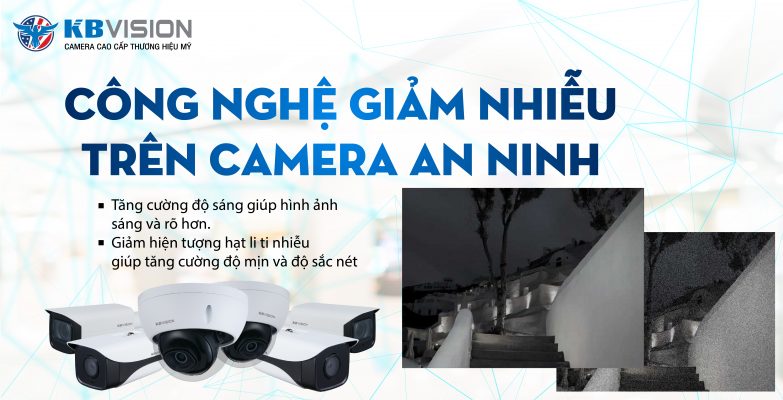For CCTV cameras, when the light is low, the amplifier in the camera amplifies the light to clarify the image. And with such amplification, the image will be grainy and a filter is required to remove the noise.
That’s why DNR digital noise reduction technology was born as a solution. for this problem. DNR (Digital Noise Reduction) digital noise reduction technology helps to handle blurry, grainy images (collectively called noise) when the camera has to observe in low light conditions.
Currently, noise reduction technology has 2 types, 2D DNR and 3D DNR, which are applied to CCTV technology to help:
- Increasing brightness makes images brighter and clearer.
- Reducing the phenomenon of tiny particles (English called Noise Reduction) helps smooth intensity and sharpness (details are easier to see).
2D-DNR is a technology to temporarily reduce noise in low light conditions. However, 2D-DNR is not clear and therefore not applicable to high resolution images and videos from 2K and above.
3D-DNR is a technology to reduce spatial noise (3D) in low light conditions. 3D-DNR can eliminate noise for high-resolution videos 2K, 4K… for smooth and sharp images.
2D-DNR noise reduction technology
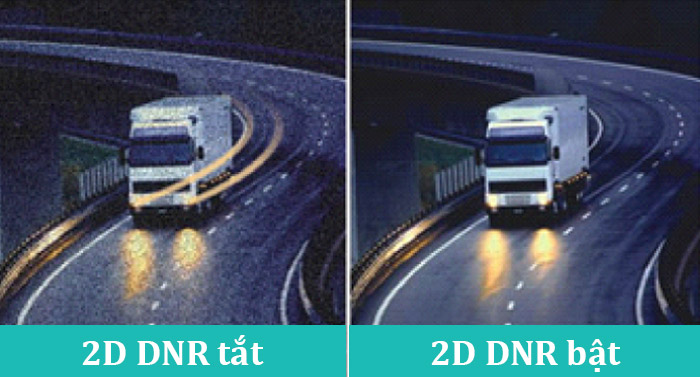
2D-DNR (2 Dimention – Digital Noise Reduction) is a temporary noise reduction technology for the camera when it encounters low light intensity, the camera is not clear, so there is noise during the process. amplify the video signal.
- 2D-DNR technology uses algorithms that analyze and compare one frame with the next. The algorithm then finds and removes any oddities between these frames. Therefore, the image and video signals are reduced in graininess (ie, noise reduction).
- The advantage of 2D-DNR is the fast processing time, without the need for a camera with a graphics processor. strong. Helps to lower the cost of CCTV cameras.
- However, 2D-DNR Technology is a temporary noise reduction method that does not identify all the noise points, so the image still has many tiny particles in low conditions. light.
- The 2D-DNR algorithm is almost “powerless” when it comes to handling high-resolution images, not suitable on higher resolution cameras like Full HD (2.0MP) , 4MP and 8MP.
- It is for this reason that 3D-DNR Noise Reduction Technology was researched and developed.
3D-DNR noise reduction technology
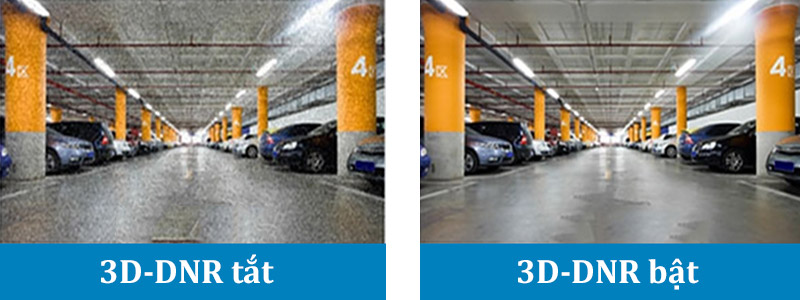
1. What is 3D-DNR Noise Reduction?
3D-DNR technology is a spatial noise reduction (3D) technology based on the analysis of multiple simultaneous frames. New algorithm on 3D-DNR will compare different pixels and detect potentially noisy pixels before proceeding to remove them.
2. Working mechanism of 3D-DNR noise reduction technology:
3D-DNR technology not only compares multiple adjacent frames, but the algorithm also allows self-judgment of noisy pixels based on the pixel matrix.
So 3D-DNR noise reduction technology significantly improves image quality, especially useful for cameras with high resolution Full HD (2.0MP), 2K (4.0MP) and even 4K ( 8.0MP).
3. Advantages of 3D-DNR technology:
3D-DNR digital noise reduction technology eliminates the blurry appearance of low-light images, helping to process moving objects without leaving motion blur even in low-light conditions .
- 3D-DNR noise reduction algorithm makes images clearer and sharper than images without noise reduction (or noise reduction with old technology 2D-DNR).
- 3D-DNR solves the problem of noise reduction for extremely high-definition images, suitable for high-end cameras with high resolution from Full HD and above.
- However, the algorithm 3D-DNR requires the camera’s processor to work more, analyze more deeply and in detail, so the camera needs a more powerful graphics processor to run the 3D Digital Noise Reduction algorithms well. This can indirectly increase the cost of the camera.
Source reference: https:// kbvision.vn – Edited content!

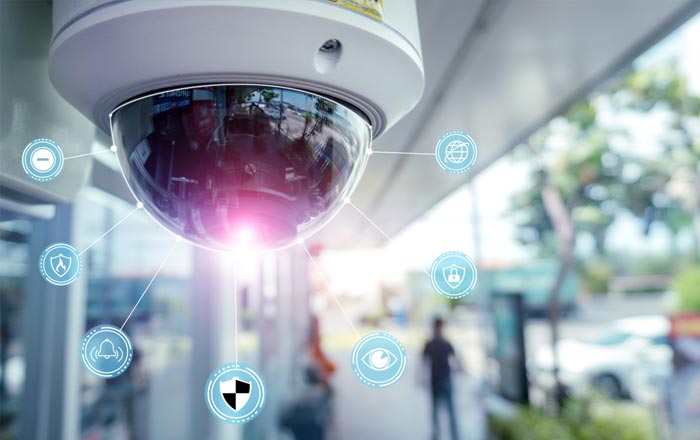
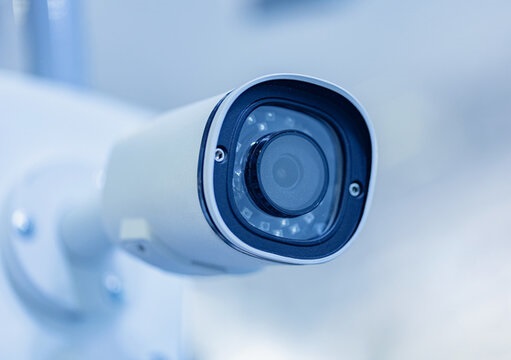





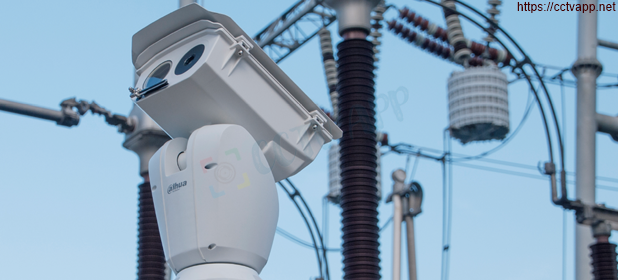
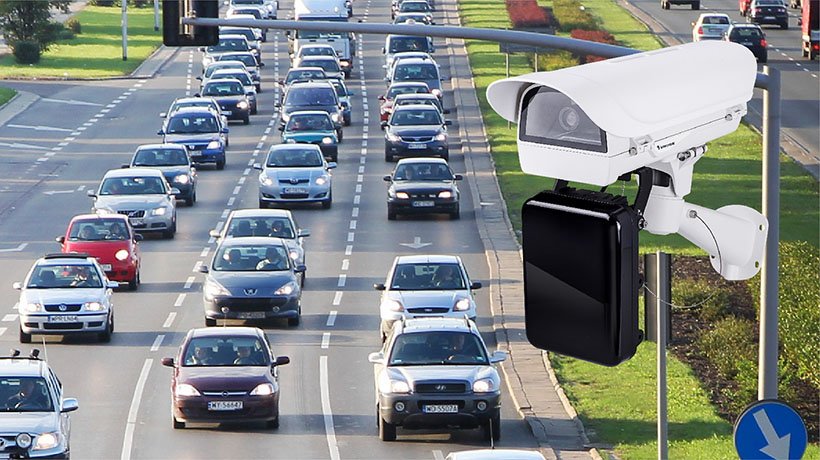





 Tiếng Việt
Tiếng Việt
